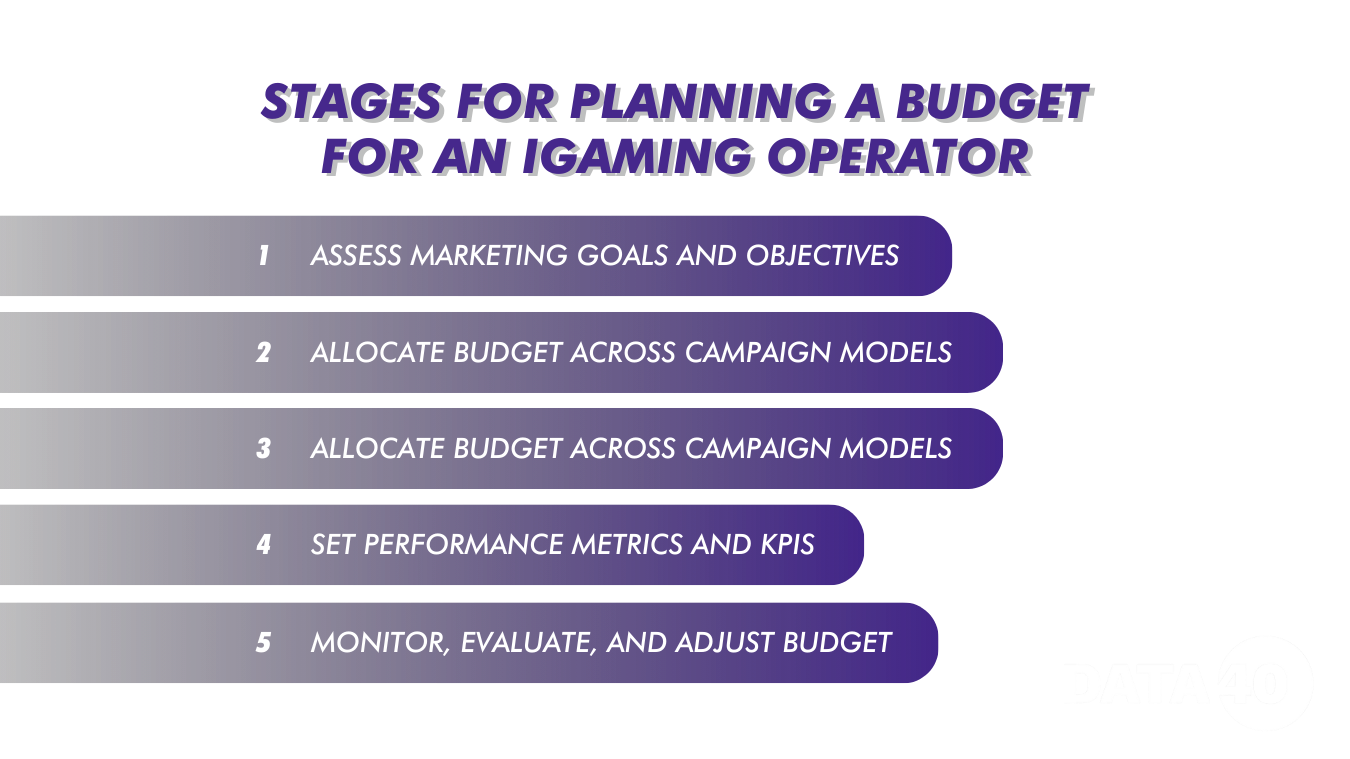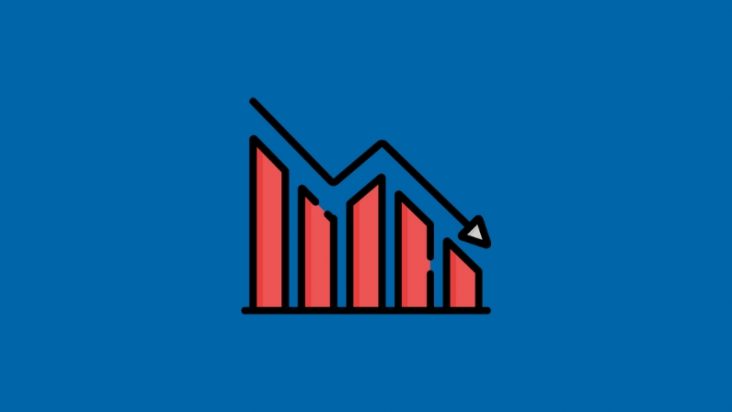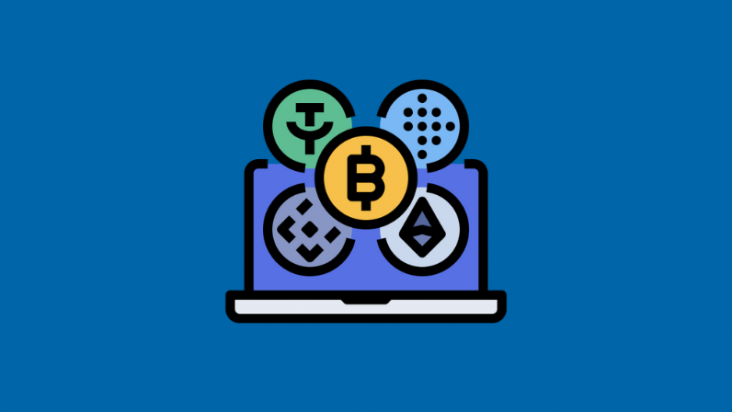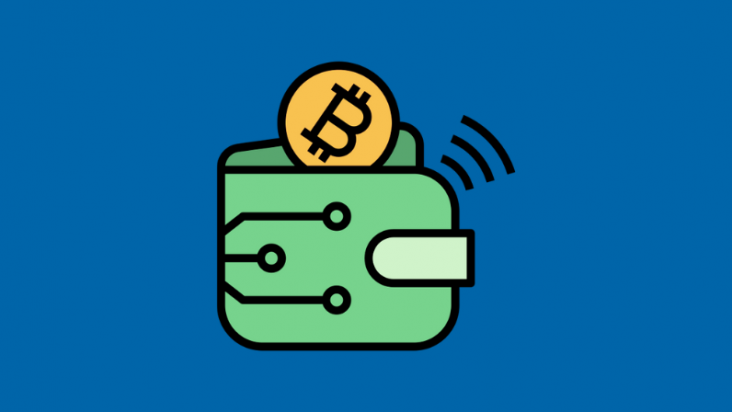
Navigating the world of iGaming affiliate marketing can be complex, especially for newcomers. Our goal is to bring clarity to the industry by providing accurate, actionable, and up-to-date information that empowers both beginners and experienced marketers. Understanding how to start affiliate marketing and plan your marketing budget effectively is crucial for success. This article delves into essential concepts such as typical commercial conditions, revenue models, and key financial terms, making it a comprehensive resource for anyone looking to gain a competitive edge in this fast-evolving space.

Effectively planning a budget for generating traffic through an affiliate program is crucial for any iGaming operator aiming to maximize their return on investment. By following a structured approach, operators can align their financial resources with strategic marketing goals and adapt to the dynamic nature of the iGaming market. The goal is to create a sustainable and flexible plan that ensures high-quality traffic, optimizes player acquisition costs, and drives long-term revenue growth.Here are five stages for planning a budget for an iGaming operator to generate traffic through an affiliate program:
- Assess Marketing Goals and Objectives: Define clear goals, such as the number of new player registrations, deposits, or revenue targets, to determine the budget required to achieve these outcomes.
- Analyze Market and Traffic Potential: Evaluate the potential of different markets and traffic sources, considering factors like player behavior, conversion rates, and average player value to make informed budget allocations.
- Allocate Budget Across Campaign Models: Distribute the budget strategically between CPA, revenue share, and hybrid models. Consider spending a higher percentage on campaigns that have a proven high return on investment (ROI).
- Set Performance Metrics and KPIs: Establish key performance indicators (KPIs), such as cost per acquisition (CPA), return on ad spend (ROAS), and player lifetime value (LTV), to measure the effectiveness of the budget allocation.
- Monitor, Evaluate, and Adjust Budget: Continuously monitor campaign performance and adjust the budget as needed, reallocating funds to high-performing affiliates or markets and optimizing underperforming campaigns for better efficiency.
How to plan budget effectively?
To plan your marketing budget is the most important step in affiliate marketing. Many experts advice to separate your audience in two categories: regular players and newcomers. They advice to plan appropriately 70% of the budget to attract regular players and another part spend on newcomers. There are many marketing articles devoted to description of the types of pricing models. How do they work? Let`s study the case calculation:
Case: An affiliate refers 100 new players. Each player makes a $20 deposit.
Lets consider formulas:
CPA Earnings: 100 players x $25 CPA = $2,500.
RevShare Earnings: Assuming each player generates $100 in net revenue monthly, the affiliate earns 15% of this revenue.
Monthly RevShare: 100 players x $100 net revenue x 15% = $1,500 per month.
Annual RevShare: $1,500 per month x 12 months = $18,000.
Common Commercial Models
- Revenue Share:
Affiliates earn a percentage of the revenue generated by the players they refer. This model aligns the interests of both the affiliate and the operator, as affiliates are incentivized to bring high-value players.
Typical Rates: Revenue share rates in the iGaming sector typically range from 25% to 50%
Example: An affiliate partners with an online casino offering a 40% revenue share. If a referred player generates $500 in revenue, the affiliate earns $200.
- Cost Per Acquisition (CPA):
Affiliates receive a fixed fee for each new player they refer who meets certain criteria, such as making a deposit.
Typical Rates: CPA rates can vary widely, often ranging from $50 to $200 per player, depending on the market and the operator’s requirements.
Example: An affiliate refers 10 new players to a sportsbook with a CPA rate of $100. The affiliate earns $1,000 for those 10 players.
- Hybrid Model:
This combines elements of both revenue share and CPA models. Affiliates receive an initial CPA payment and then a percentage of the revenue generated by the player.
Example: An affiliate gets a $50 CPA plus a 20% revenue share. If a player generates $300 in revenue, the affiliate earns the $50 CPA plus $60 from the revenue share, totaling $110.
Financial Implications for iGaming Operators
In affiliate marketing, financial terms can vary significantly depending on the program, offer type, and region. Payment conditions may depend on various factors, including player activity, deposits, or even simple registrations. However, the approach to evaluating traffic costs and payment methods is always individual. In this article, we will look at typical financial terms in practice and how they apply to working with affiliates.
Types of Financial Terms in Affiliate Marketing
Payment for Active Actions (CPA)
One of the most common types of rewards is the Cost Per Action (CPA) model. In this scheme, the advertiser pays the affiliate only for specific actions, such as registration, a made deposit, or even participation in a game. However, when paying for registrations, certain conditions are often set, such as the player needing to be active for the registration to count.
An example of this could be a situation where the average conversion rate (CR) from registration to deposit (RAC2D) is 25%, but depending on the geography and quality of the traffic, more conservative figures such as 5-10% may be considered. In such a model, the reward for a deposit could be $50, while for a registration it might be $2.50. This approach allows webmasters to flexibly optimize their ad campaigns by setting a conversion cost within an affordable budget.
Average Conversion Rate and Payments
A key indicator for evaluating traffic effectiveness is the conversion rate (CR). For instance, if a webmaster brings in 50 registrations, but none of the users make a deposit, the cooperation may be terminated. However, if out of 50 registrations, 12 users make a deposit, exceeding or matching the average CR, the advertiser will continue working with the webmaster on the same terms.
This approach allows advertisers to minimize risks by paying only for real results. However, for webmasters, this imposes additional challenges when testing traffic. On Facebook, for example, for effective campaign optimization, 50 conversions are needed, which requires significant expenses. If the payment is for registration ($2.50 per conversion), the costs would be around $125. However, when paying for deposits ($50 per conversion), testing could cost $2,500, significantly increasing risks.
Risks and Complexity of Working with Registration Payments
Although the registration payment model may seem simpler and more economically advantageous for webmasters at first glance, it also has its challenges. Offers with registration payments are not very common as they require the advertiser to conduct a thorough analysis of traffic and its quality. Even with CPA payments, detailed analysis is required to minimize risks.
Some offers may include additional requirements, such as user verification. This adds complexity to the work of webmasters since the registration and verification processes require more time and resources for proper campaign optimization. However, registration usually requires less effort in terms of technical requirements, such as providing an IP address or creating a separate card, making it more accessible for webmasters.
Financial terms in affiliate marketing can be diverse and depend on numerous factors. The registration payment model is more accessible for webmasters but is not as common due to the associated risks and the need for detailed traffic analysis. Payment for active actions, such as deposits, is more widespread but requires a larger marketing budget for testing. Success in affiliate marketing depends on the ability to adapt to these conditions and effectively manage traffic to achieve the best results.
- Affiliate Marketing Spend:
Estimates: The amount spent on affiliate marketing can vary greatly depending on the scale and strategy of the operator. For instance, large operators might spend millions annually, while smaller ones might have budgets in the hundreds of thousands.
Example: A mid-sized iGaming operator might allocate $500,000 annually to affiliate marketing, splitting this budget between CPA payments and ongoing revenue share payments.
- Potential Revenue:
Income Generation: Successful affiliate programs can drive substantial income. For example, if an operator pays an average of $100 CPA and attracts 5,000 new players through affiliates, the initial cost is $500,000. If each player generates $500 in revenue over their lifetime, the operator earns $2.5 million, yielding a significant return on investment (ROI).
- Break-Even Analysis:
Calculations: Operators must ensure that the lifetime value (LTV) of a player exceeds the acquisition cost. If the LTV is $400 and the CPA is $150, the operator makes $250 per player.
Real-World Examples
- 1xBet: Offers up to 40% revenue share, appealing to affiliates with a high potential for earnings in markets like India
- MostBet: Provides up to 60% revenue share, targeting regions such as Turkey, Russia, and Ukraine, highlighting the lucrative potential for affiliates
- FortuneJack: One of the highest revenue share rates in the market, up to 70%, covering markets like Canada and Russia.
Understanding the intricacies of commercial conditions in iGaming affiliate marketing is essential for success, especially when starting with limited resources. For those wondering how to start affiliate marketing with no money, the key lies in leveraging knowledge of various payment models, such as CPA and revenue share, to maximize your earning potential. Affiliates must carefully analyze traffic quality and conversion rates, adapting strategies to minimize risks while optimizing returns.
How does affiliate marketing work in this context? It requires a thorough understanding of player behavior, strategic budget allocation, and a willingness to experiment with different models to find what yields the best results. To be an affiliate marketer in the iGaming space means constantly refining your approach, keeping up with industry trends, and managing traffic effectively to ensure sustainable, long-term profitability. Success is about mastering these financial terms and converting your insights into actionable strategies that drive consistent revenue.








